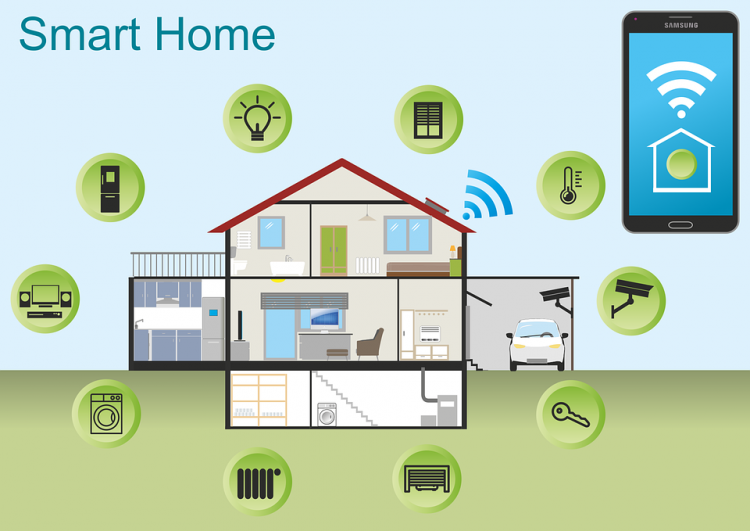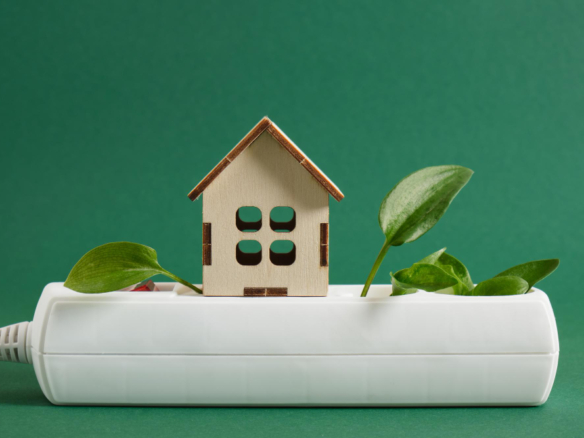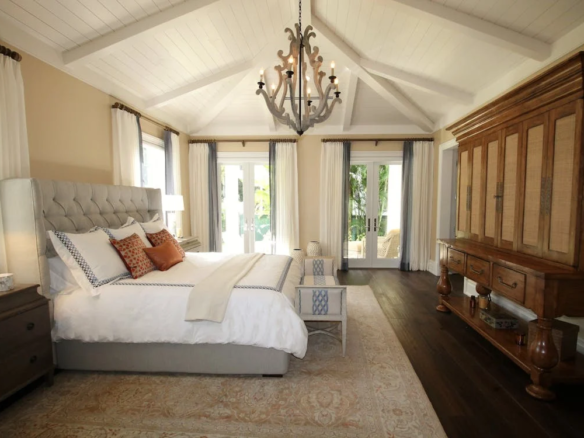
Most readers have heard of smart cities. But what exactly makes a city “smart” in the first place? Smart cities are urban areas that use various kinds of electronic sensors that collect and supply data which is used to manage resources and assets efficiently.
The data is received from citizens, devices, as well as assets and is used to maintain transportation systems, water supply networks, information systems, waste management, power plants, and more.
Why Investing In a Smart Homes Is Important
Smart city stakeholders all agree that it will take much more than intelligent streetlights to unleash the power of smart cities fully. One crucial element still missing is more smart homes.
Since smart cities are designed to make the lives of its residents smoother and to decrease the cost of living across the board, smart homes will play a pivotal role in the further development of smart cities in the future.
In addition to that, residential spaces are some of the most active places in a city. This means they can provide a wealth of information that commercial places cannot; that’s tons of information that can be used by the city’s brain to personalise your daily interaction with other connected assets within the city.
And as the technology for smart cities advance, it will almost become necessary to live in a smart home. It will be like trying to live a normal life without a smartphone.
What Does It Take to Transform Your Home Into a Smart Home?
No matter how you look at it, upgrading your home to become a smart home will take some work and some money, with the amount you invest depending on how fancy you want to get. But, remember, this is an investment towards your property – one that will greatly increase its value.
With that said, it might require that you remortgage your home to complete all of the upgrades, so doing mortgage research first might be in order. Once you’ve figured out how you’ll fund these upgrades, where should you start first? Here are three quick and simple smart devices to try out before you get the ball rolling.
Smart Lighting
For most people looking to upgrade there regular home to a smart home, lighting is the starting point. The great thing is, most smart lighting systems work just fine without a central hub or “brain.” So this aspect of your upgrade won’t cost you too much. Smart lighting systems such as the Sengled Element Color Plus Starter Kit or the Nanoleaf Aurora don’t need a central hub in order to interact with your smartphone.
Smart Thermostats
Next in line are smart thermostats. Out of all the smart home devices, none can deliver comfort and financial savings like smart thermostats. Not only can these devices establish a schedule based upon when you tell it to but they can actually sense when you’re home and when you leave.
This way, your furnace and AC only operate when they need to. No more forgetting to turn it off as your walking out the door. This can be especially helpful when you go on trips where you’ll be away for a day or more.
Smart Speakers
There’s nothing more convenient or cool than using your smartphone to dim the living room lights during movie night with the family. With smart speakers, all you need to do is say things like “Dim the lights” and the smart speakers, which are connected to your smart lighting system, will dim the lights for you. One of the most popular products on the market is the Amazon Echo. Another one is Google Home. They’re both leaders in this market.
And since these two brands of smart speakers have been so widely excepted by numerous other smart home devices, they work as de facto hubs in their own right, serving as central interaction points for everything from home security camera to television sets.



